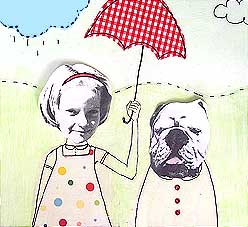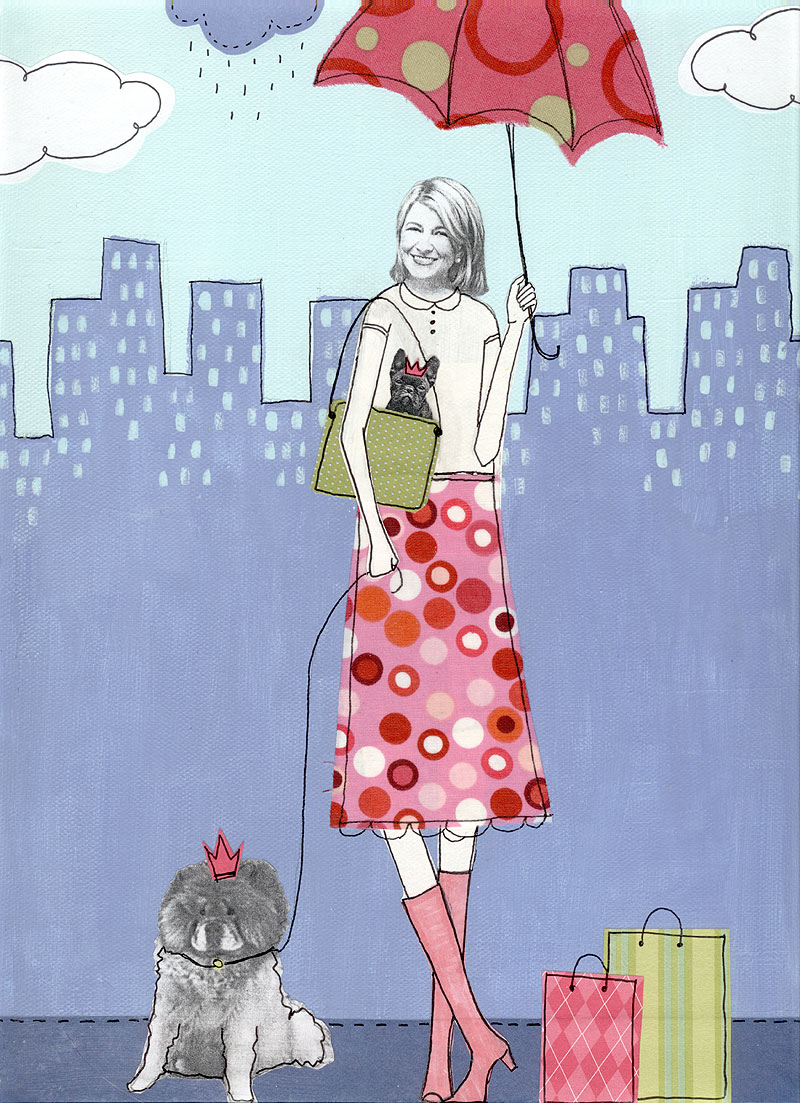I have loved seeing everyone embracing this month's challenge in the Driver Reviver Facebook Group. Many people are stepping out of their comfort zones and experimenting with new techniques.
This week I have a really easy technique for getting an artsy-looking pencil portrait onto a page without having to draw anything.
You will need:
- A photo with good definition and contrast: it can be a photo of yourself, or from a magazine. It can be any size, but bigger is easier. It is also easier if it is printed onto normal copier paper.
- A piece of tracing paper
- A soft or heavy gel medium (eg, Liquitex or Golden Matte Medium, Reeves Gloss Gel Medium).
- A plastic card to scrape with (eg., an old loyalty or credit card)
- Pencils: 2B graphite or soft coloured pencils + eraser
- Masking tape, washi tape or painter's low tack tape
- A prepared background in your journal.
- Optional: a light box or a window
I cut scraps of patterned paper into rectangles of various sizes and glued down with gel medium:
Then I used Inktense pencils to define the edges and activated the ink with water:
I used Inktense because once they have been activated with water, then dried, the colour is permanent. The surface of my page was also glossy because of the gel medium I used and normal watercolour wouldn't adhere to the surface. Oil pastels would also have worked.
I was aiming for a background that was interesting without being dark or bold. I also wanted to see if the layered paper would give an interesting texture to the page.
Once my background was ready I prepared the portrait then adhered it the background. Here is the video:
Notes:
- The tracing paper will wrinkle when it goes onto the glue.
- I have found that using gel medium results in less wrinkles than wetter glues like Mod Podge or PVA.
- I recommend putting the glue onto the background, not onto the tracing paper.
- Tearing the image out of the tracing paper will feather the edges and once glued down, it will look like the image was drawn onto the background, rather than glued on.
- Be generous with the glue.
- Tracing paper is surprisingly tough even when it is wet from the glue. Don't be scared to scrape it firmly to get the image as flat as possible.
You can see in this close up that there are some small wrinkles in the tracing paper. I don't think you can get it completely smooth.
The finished journal page:
Another example of a graphite tracing of a magazine photo. It was then coloured with paint and pencils after being stuck down. You can see that the wrinkles are larger in this transfer; I used Mod Podge Matte to adhere it. Can you also see how the edges of the tracing paper are very obvious? I cut the image out with scissors instead of tearing the edges.
I hope you will give this technique a try. If you don't have gel medium, and are wondering if it can be used for anything else, the answer is : Yes! Lots of things.
I will be sharing other techniques in the coming months that use this specific product. Good news is that unlike paints and paper, I have found that low cost does not equal low quality when it comes to this product, so if you can find a cheaper brand to experiment with, go for it!
Have fun with your art everyone, and I will leave you with this that I shared in the Driver Reviver Group a few days ago. I think we can all benefit from reading it again. Print it out and stick it in front of your art desk:
























